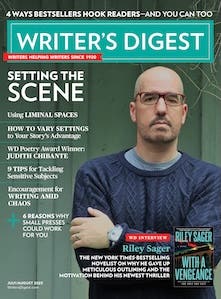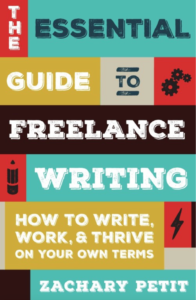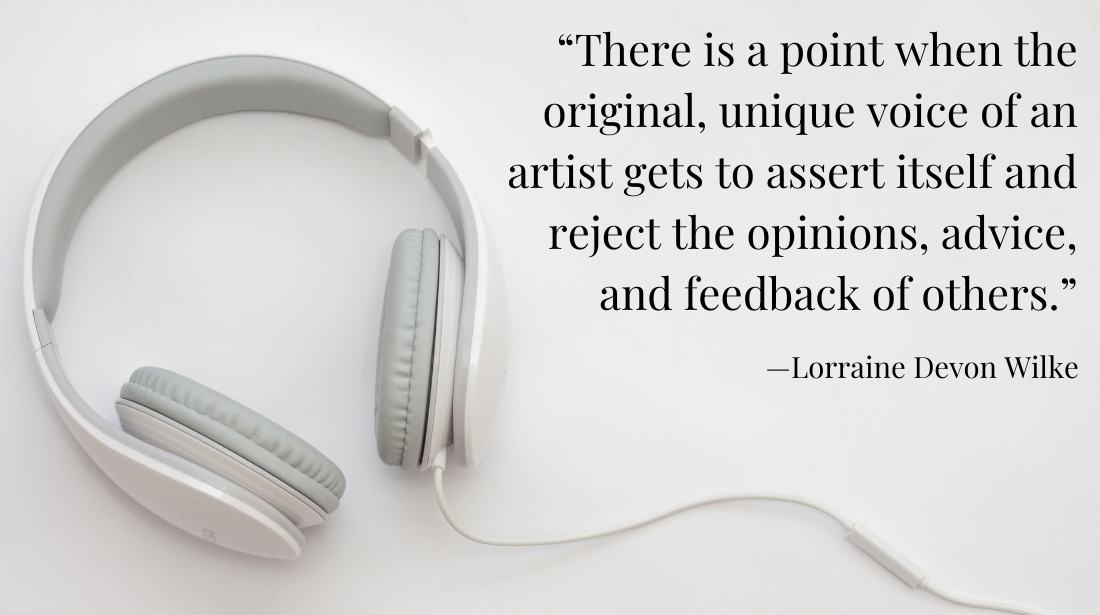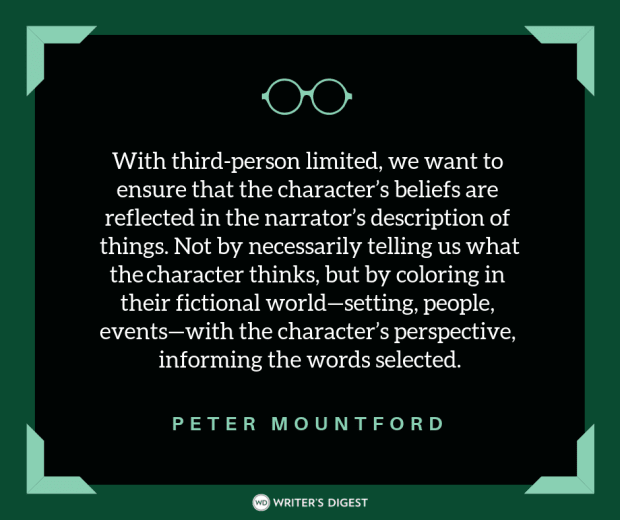Reading, Workshops, and Thinking: An Author’s Tale
The following is a guest post from one of WD’s bloggers from our NaNoWriMo project, EJ Runyon. In this post, EJ talks about the important steps that need to be…
The following is a guest post from one of WD's bloggers from our NaNoWriMo project, EJ Runyon. In this post, EJ talks about the important steps that need to be taken between first draft and revision, and the difficulty of working with a piece or a story that you can become too close to. Sometimes it's better to step outside of your writing and world, and spend some time with the story in your mind rather than on a Microsoft Word page.
* * * * *
The first short story I wrote, that I hoped might be published, got worked on quite a bit.
I edited it many times. Well, what I thought was editing at the time: small tweaks of lines, and wording. Shifting bits around from one section to another.
Then, it dawned on me that I’d written too much. I think I must have cut at least 500, maybe 700 words from the whole story then. Not a full scene or two, but bits out of nearly every scene. It was then that I really felt I might get to be a real author. When I re-read and found myself cutting bits for each paragraph.
That culling was followed by reading the story out loud at my Saturday workshop.
As a writing coach I sometimes wonder how many beginner writers are in workshops. It’s a totally different dynamic than posting your work to your blog and waiting for some comments to pop up about it. Especially if what you say is, "Hey, come see what I’ve posted." But that’s not quite the same as having folks help make a piece stronger.
At those workshops, folks mostly told me, “Good writing, but that ending...”
So, back I went and thought a lot. What was wrong with it was, as one guy put it, “You’ve got the first two scenes of a three scene piece of work.” And once that was pointed out, I knew there was more to do. But what?
But I didn’t sit right down and begin at working a re-write, scribbled pencil notes in my notebook, fingers on keys. Coming up with more to tack on to the end of my piece.
All I did was think on things. I ran "What if?" scenarios in my mind. Over and over again. Mind work. Away from any writing implements. I wanted this to be me, steeped into the solution, before I tried writing it out.
So I read. It was like I was searching for an answer, and knew I didn’t have it yet, in me, or I would have seen, myself, that the piece needed that third scene.
So I went looking elsewhere, beyond my pages for the solution. And then it hit me.
I remembered a device from a short story I’d read in some English class, a way of framing the story. Reading that story I’d thought it was unique. That I’d not seen it coming at all. At the end of reading that story, I’d thought—"Wow. This guy is good."
So I tried something like it myself. I wrote my third scene. And re-wrote the opening.
I followed that with editing it all many more times. More small tweaks of lines, and wording. Shifting bits around from one section to another.
Asking myself, "Had I’d written too much?"
And culling. Again.
That, of course, was followed by reading it at workshop the following Saturday.
The two leaders of the group were nodding, and they smiled when I got to the end. One leaned forward, one sat back. One said, “Good. Good work. It’s Raymond Carver-like."
And I beamed.
The other added a deadpanned, “I hate Raymond Carver.” And we all laughed.
That was the first short story I ever submitted. And it got accepted for publication at the first place it was sent. Was it because I was a writer who read? Or because I was a writer who worked the story until it was worth publishing? Or because of those workshops?
Or maybe I got published on my first try because I thought about why and how to do something better with my story?
Because of all of that.
About EJ Runyon: I'm a lucky soul. I'm living my dream. I began my transformation in 1992. Started writing NaNoWriMo in 2001, and in 2006 I sold my house to go back to school, for degrees in English/Creative Writing and Online Teaching & Learning.
Now it's writing and coaching daily. It's my new life and I love it.
NaNoWriMo sent me on the path to reach writer's nirvana. In 2012, six short stories pulled from various NaNo novels became part of "Claiming One," a story collection from Inspired Quill (UK). Then, in 2013, my 2008 NaNo became Tell Me (How to Write) A Story, a writer's guide. This year, 2003 NaNo's became my debut Literary/LGBTQ novel, A House of Light & Stone.
I'm a Scrivener pantser all the way, and even created a jumpstart template for coaching clients. It's been everything wonderful I'd possibly dream. 2016 & 2017 will see another how-to and a second novel. I alternate literary fiction with how-to guides.
Cris Freese is a technical writer, professional book editor, literary intern, and the former managing editor of Writer's Digest Books. Cris also edited the annual guides Children's Writer's & Illustrator's Market and Guide to Literary Agents, while also curating, editing, and writing all content for GLA's online companion. crisfreese.com








